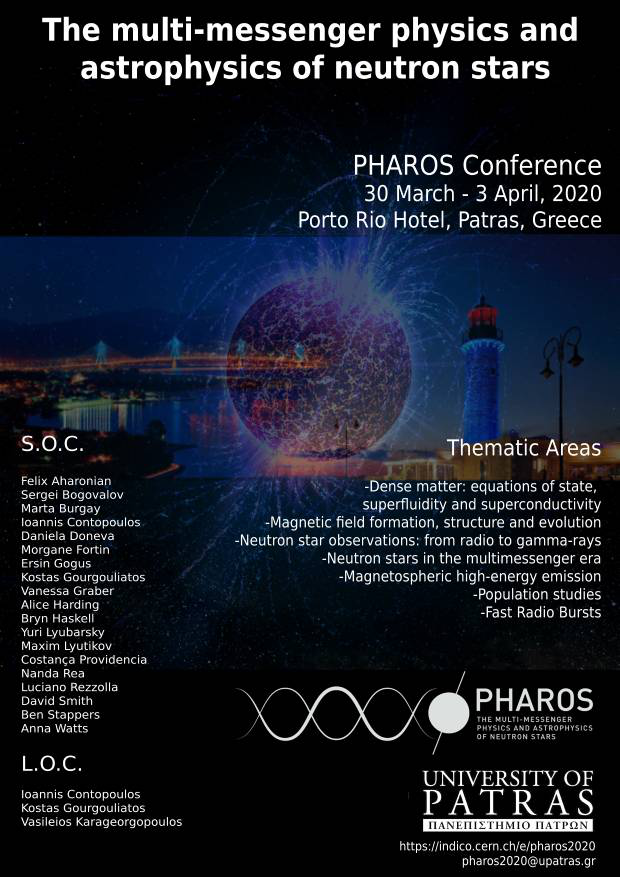Speaker
Description
The gravitational wave signal from the merger of two neutron stars cannot be easily distinguished
from the signal produced by a comparable-mass mixed binary, in which one of the component is a
black hole. Although the existence of low-mass black holes ( $<5M_{\odot}$) is astrophysically
disfavoured, their formation may be of primordial origin or as the outcome of the interaction
between neutron stars and dark matter or they could be formed in other evolutionary scenarios.
Gravitational wave signals carry the imprint of the neutron star internal composition through
the so called Love numbers, which depend on the stellar equation of state and vanish for
vacuum black hole solutions.
In this talk I will present a new data analysis strategy able to identify mixed binaries using
the values of the love numbers inferred by gravitational wave observations.
I will show the results for current and future generation of ground based interferometers,
proving how the new approach is able to correctly identify the presence of a low-mass black
hole for different binary configurations.

